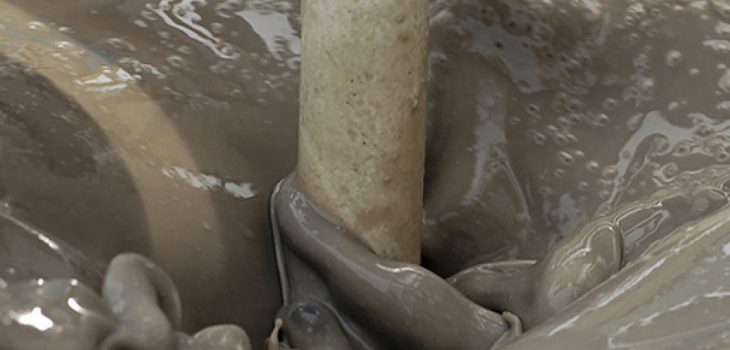Sodium bentonite is used as an additive to the drilling mud to the
extent of 20-30% depending on the drilling conditions and the quality of bentonite. Drilling mud serves to lubricate and cool the rotary cutting bits and also to bring the chips and powders up from the bore hole. The purpose of adding bentonite is threefold:
(i) It should increase viscosity of the drilling mud.
(ii) It should increase water suspension of mud.
(iii) It should seal the wall of the hole to prevent fluid loss.
(iv) It should condition the wall rocks to prevent caving.
Approximately 15 tons of bentonite is required for drilling 1000 m. of well.
Sodium bentonite satisfies all the requirements. Its swelling is high and, consequently, it forms a highly viscous mass with water. When in the form of fine particles, it remains in suspension almost indefinitely. Further, being highly impermeable, it is an effective sealing agent.
For indigenous use in India, the Oil and Natural Gas Corporation (ONGC) has its own specifications and testing procedures, whereas for exports, those standardized by the American Petroleum Institute (API) are followed. The two standards prescribed (i.e. ONGC and API) are mostly similar. Fine particle size, high viscosity (minimum 15 centipoises) and low yield point (i.e., the point where a stressed material no longer deforms elastically, but
begins to inelastically deform or, in other words, plasticity) are the key parameters in these specifications. Once the bentonite is confirmed to be of sodium type, these specifications are by and large taken care of.
